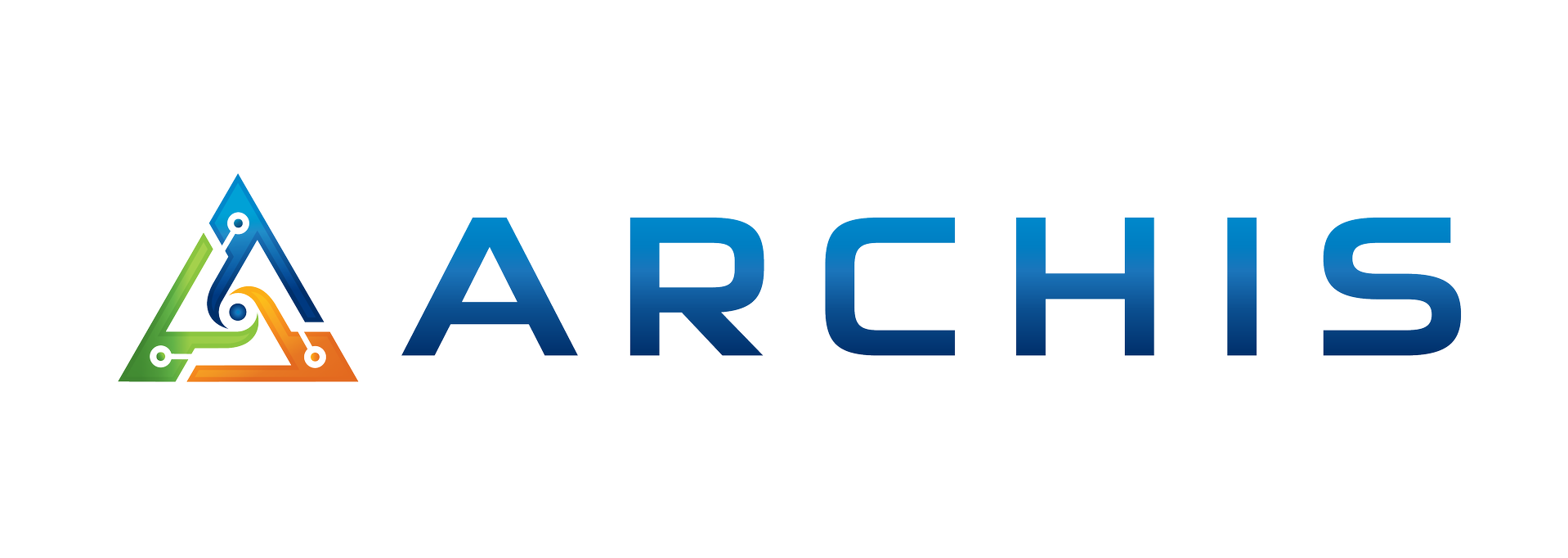
Written by Archis
When was your last drill? Did everyone really get the message at the same time? The teacher in the gym. The staff on recess duty. The folks in the front office. If not, imagine a teacher waiting for instructions that never come—that’s how small gaps quickly grow into real risks.
The truth is, emergencies in schools don’t follow neat patterns. A weather alert. A student medical crisis. A security scare. They hit fast, and they’re messy. The only thing you can make predictable is how staff talk to one another when things go wrong.
And that kind of strong, steady communication doesn’t just appear on its own. It happens because leaders make it a priority—and because staff have practiced it enough that the response feels second nature.
Define Roles and Responsibilities
In an emergency, no one should be left thinking, “Am I supposed to handle this, or is someone else doing it?” That hesitation costs time.
The fix is pretty simple: make roles clear ahead of time. The principal (or assistant principal) leads as the incident commander. Office staff usually take parent calls and coordinate with the district. Teachers keep their focus on students—keeping them calm, safe, and together.
Don’t forget substitutes or new hires. They’re often the ones most in the dark. A quick orientation or even a laminated card clipped to a lanyard can make all the difference. Some schools post simple flowcharts in staff rooms or give digital checklists. The goal isn’t to be fancy—it’s to make sure nobody has to guess.
Use More Than One Way to Communicate
Leaning on a single system is a gamble. Power can fail. Cell networks clog up. Wi-Fi drops out right when you need it most. That’s why every school needs backup options.
For wide alerts, mass notifications—texts, emails, automated calls—get the word out quickly. Inside the building, though, two-way radios are often more reliable. And for leadership teams or first responders, a secure messaging app can keep conversations moving in real time without tying up phones.
No one tool is enough. Layer them, so if one fails, the others carry the load.
Communicate in Plain Language
On paper, codes can look efficient. In practice, they often leave people second-guessing what’s really happening. A substitute or a brand-new teacher isn’t going to remember what “Code Red” or “Condition Yellow” means in the heat of the moment.
It’s better to say exactly what you mean: “Lockdown.” “Evacuate.” “Shelter in place.” No guessing, no hesitation.
And don’t stop with the label—pair it with clear action steps. Instead of just “Lockdown,” say: “Lock your doors, keep students out of sight, and stay quiet until further notice.” The goal is to remove doubt so staff know exactly what to do right away.
Make Communication Part of Every Drill
Drills should test more than movement—they should test communication flow.
Who initiates the alert?
How quickly does it reach staff across all areas, including playgrounds or portable classrooms?
Did every staff member understand the message?
When the drill’s done, don’t just dismiss everyone—take five minutes with your team. Ask: what worked? What didn’t?
Work With Local Responders
Emergencies aren’t standalone events. Police, fire, EMS — they’ll be part of the picture whether you plan for it or not. It’s better to bring them in early.
Share your protocols with them so they know how your school operates. Even better, ask them to join a drill. That’s often when gaps show up — a delay in who calls who, or confusion over entry points. It’s far easier to fix those things on a Tuesday morning practice run than during the real thing.
And one simple but overlooked step: keep an updated contact list. Names, cell numbers, radio channels — and make sure more than one person has it.
Focus on Calm, Consistent Messaging
In high-stress moments, tone matters.
Designate leaders to deliver calm, steady communication that prevents panic.
Provide brief, consistent updates during the event—even if the message is simply “no change.”
Follow up afterward with a staff debrief to answer questions and restore confidence.
Review and Update Every Year
A communication plan isn’t something you write once and check off the list. Schools don’t stay the same as people leave, new staff come in, technology gets updated, and routines change. If the plan doesn’t get reviewed, it quickly falls behind.
Update staff rosters and contact information at least once a year, and make sure the details are accurate.
Test your notification tools to confirm they work.
Just as important, take the time to incorporate lessons learned from drills or real incidents so the plan reflects current needs, not last year’s circumstances.
Final Thoughts
Communication isn’t just another line in the safety plan as it’s the thread that holds the whole response together. When roles are clear and people have practiced, staff don’t waste time wondering what to do. They act.
No system will ever make an emergency easy, but strong communication makes it manageable. At the end of the day, that’s what keeps students safe.

